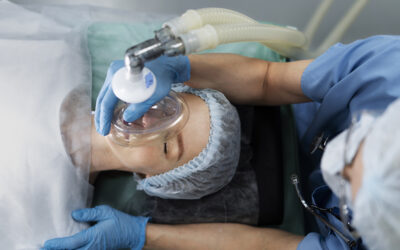Among the measures taken by Medicare to save money spent unnecessarily was its 2008 policy to stop paying hospitals extra to treat certain hospital acquired preventable conditions including UTIs or urinary tract infections, acquired after bladder catheters are placed. A study conducted by the University of Michigan highlights the fact that in spite of this policy, there was hardly any savings due to not reimbursing hospital acquired, catheter related UTIs. In the year 2009, hospital pay was decreased only for 25 hospital stays, that is, 0.003 percent of all stays through non-payment for this infection. It is surprising that the huge savings excepted did not come through, especially in the light of the fact that almost one third of all hospital acquired infections is on account of this condition. It has been deduced that the problem stems from the use of inaccurate billing data for identifying complications such as these.
The data used to implement the policy was responsible for the negligible financial savings for Medicare because the policy largely relied on claims data previously used just for billing. In fact, multiple billing codes are to be used to report that a UTI is caused by a catheter and that the infection occurred after the patient was admitted to the hospital. Hospitals were reimbursed because most of these cases were reported as simple UTIs. As the researchers point out, if the cases that are to be penalized are not documented in the data set chosen, the policy will have only a fraction of its intended impact. Medical coders cannot however, be blamed because they can only code what the physicians have provided as diagnosis.
The CMS has now expanded the policy to include even more hospital acquired conditions for non-payment, such as pressure ulcers or bed sores. However, coding issues could beat the policy here too. The findings of the research are a clear pointer to the fact that billing data is inaccurate when it comes to comparing hospitals by their catheter related UTI rates. The problem lies in the fact that as billing data is expected to be used in the year 2015 to penalize hospitals reporting the highest infection rates, even hospitals that provide accurate claims data stand the risk of being wrongly penalized as their reported rates will be more.




